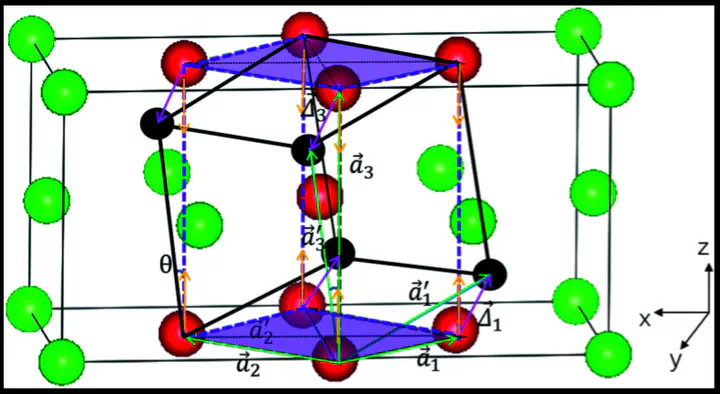Bain and Nishiyama–Wassermann transition path separation in the martensitic transitions of Fe

Abstract
The importance of martensitic transformations has led to tremendous efforts to explore the microscopic martensitic transition paths. There are five possible transformation paths (for g / a transition) known for Fe at present, and at an arbitrary activation energy, any of the five paths might be followed. It then becomes considerably difficult to monitor the microscopic phase transition mechanism in experiments.Therefore, it is helpful to realize only one of the paths in a physical process. Based on first-principles calculations, we show that at suitable activation energies the Nishiyama–Wassermann (N–W)transformation path can be realized without the involvement of the Bain path, since the condition ENW(q)< E < EBain can be satisfied by pure Fe. E is the activation energy of the system, and ENW(q) and EBain are the energy barriers for the N–W and Bain transformations, respectively. In particular, the potential energy surface (PES) for the N–W transformation has been calculated as being four-dimensional, i.e., E ¼E(a,b,c,q), where (a, b, c) are the lattice constants and q is the shear angle involved in the shear distortion of the N–W path.